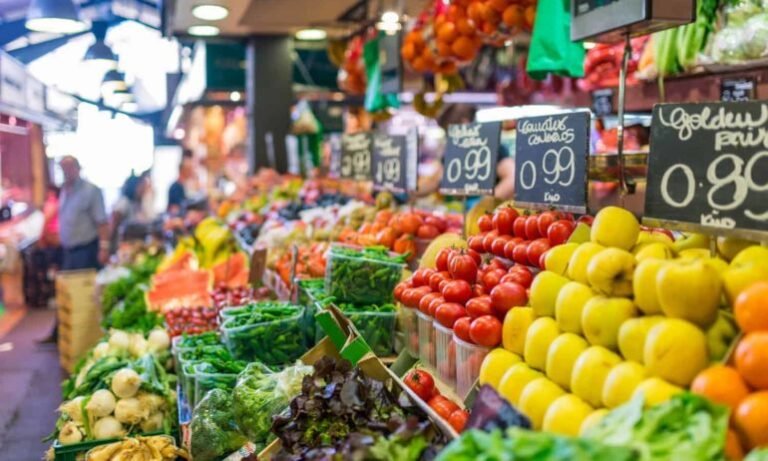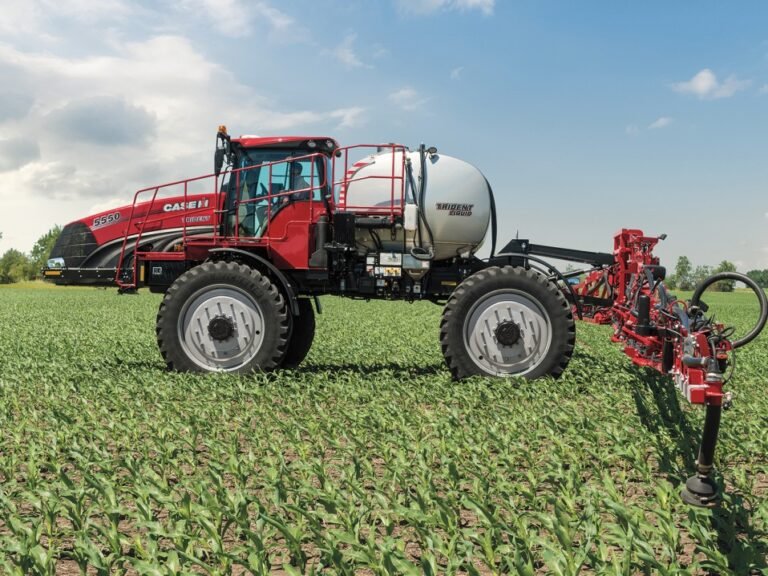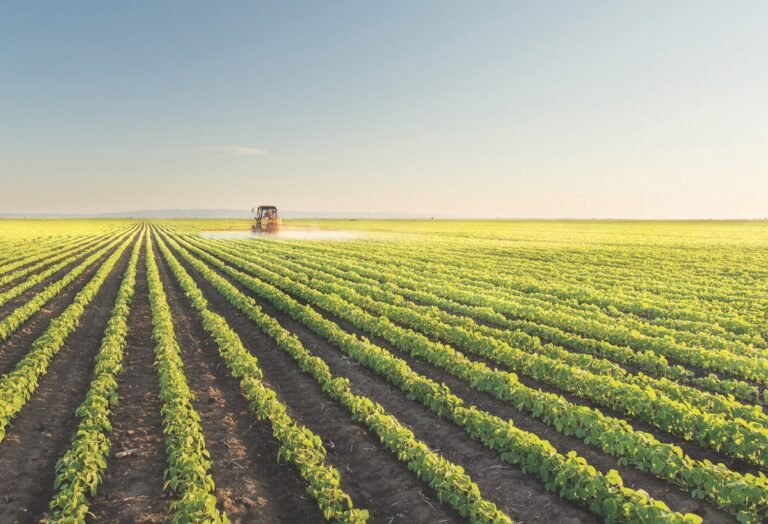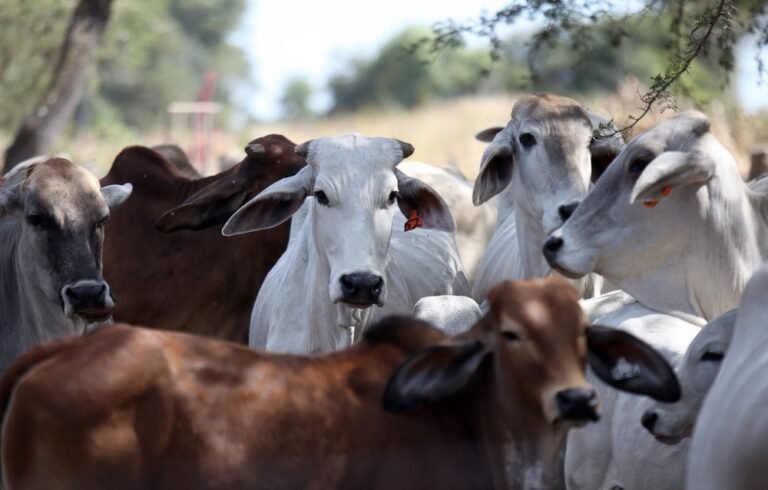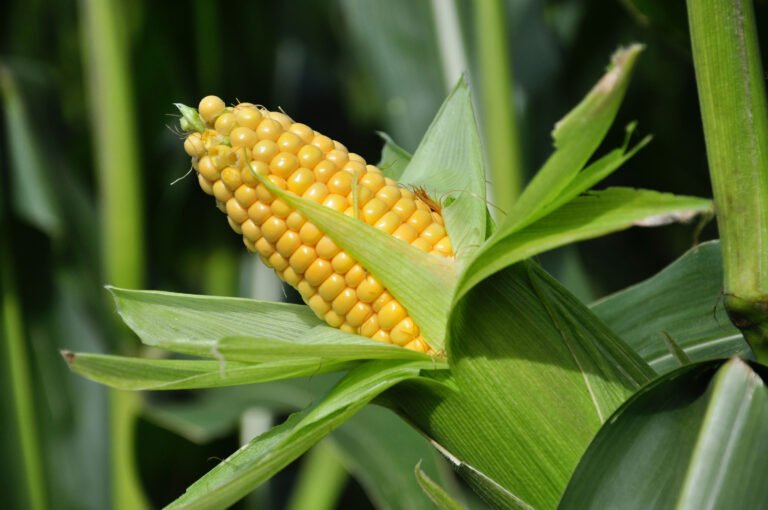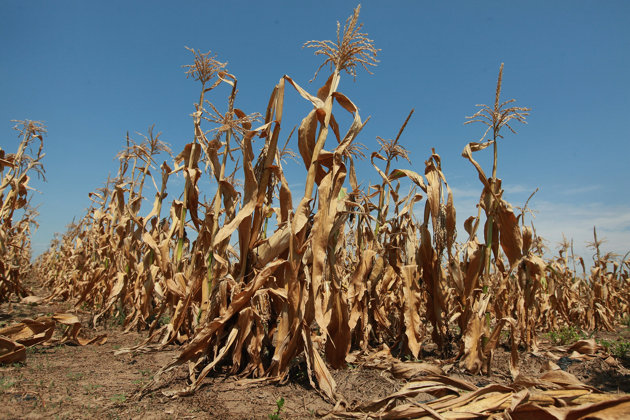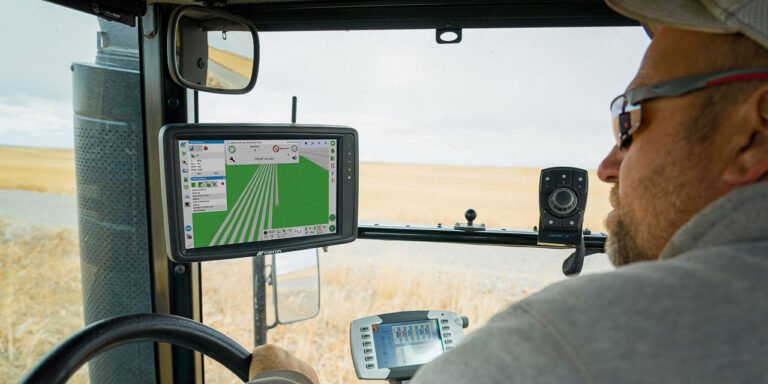The African Development Bank Group has presented its planned $1 billion facility to provide insurance to more than 40 million farmers across the continent against severe impacts of climate change.
The facility was widely praised by the World Food Programme (WFP), development agencies, insurance companies and the private sector during a side event at COP28 in Dubai.
African Development Bank President Dr Akinwumi Adesina said the Africa Climate Risk Insurance Facility for Adaptation (ACRIFA) aims to mobilise $1 billion of concessionary financing, high-risk capital and grants to support the African insurance industry.
The Facility is designed to protect farmers and countries against catastrophic weather-related events and to stimulate private sector investment in agriculture by mitigating risks.
“We have to support farmers, not abandon them, in the face of rising frequency and intensity of extreme weather events like drought, floods and pest infestation… We need to ensure that farmers and actors along the agricultural value chain are covered by insurance at scale,” the Bank President said.
Adesina said over 97% of farmers in Africa do not have agricultural insurance. “Their only insurance is to pray… when they plant that it will rain. Pray when they harvest that there will not be rains or pest devastation and pray when they market their crops that prices will not collapse.”
“The eyes of more than 40 million smallholder farmers in Africa are on us. Let us make ACRIFA the answer to their prayers,” the Bank President said.
Adesina said ACRIFA “will systematically support the African insurance industry to unlock financing for investments in climate-smart and green technologies.”
“It will strengthen local insurers and foster integration with national and international reinsurers,” he added.
Unveiled at the Africa Climate Summit held in Nairobi in September, ACRIFA brings together governments, development agencies, the insurance sector and the private sector.
The successful roll out of the facility will depend largely on partnerships such as the World Food Programme to deliver services to clients.
“The climate crisis is affecting agricultural communities across Africa. This programme will play an important role in protecting smallholder [farmers], pastoralists and small businesses from climate shocks,” said Cindy McCain, Executive Director of the World Food Programme.
“We are excited about our growing partnership with the African Development Bank, which is allowing us to offer more support to governments, as they respond to the climate crisis,” she added.
During the presentation, the United Nations Assistant Secretary General and Director General of the African Risk Capacity Group, Ibrahima Diong and Bogolo Kenewendo, the Special Advisor to the United Nations Climate Change High-Level Champion, said ACRIFA will boost investment and resilience in the continent’s agri-food systems.
The presentation was followed by a panel discussion on how large-scale deployment and use of quality, climate risk-related insurance solutions can boost Africa’s food security, and open business opportunities for the global insurance sector. It was moderated by Dr Victor Oladokun the Senior Communication and Stakeholder Engagement Advisor to the Bank President.
The Head of Government Relations at the One Acre Fund Michelle Kigari said, “Insurance is absolutely critical in building resilience, meaningful resilience, for Africa’s farmers,” and added, “Farmers are not able to bounce back from some shocks if they don’t have a safety net, and insurance helps build that safety net.”
The Founder of Takaful Insurance Group of Africa and ACRIFA Senior Advisor Hassan Bashir urged insurance companies to consider taking on large-scale group clusters of farmers for insurance cover. “Africa is fed and employed by the agriculture sector, yet we define it as a risky business. Agriculture is not risky—life depends on it,” said Bashir.
“Once you have data, you have transparency, and transparency creates trust. If you are able to bring that transparency across the entire value chain, transparency, then you will be able to bring trust and better investors, better support for the farmers,” said Kate Kallot, CEO of Amini AI, an artificial intelligence startup focusing on Africa’s environmental data scarcity.
Quality, accurate and reliable data remains a big challenge to many investors across sectors in Africa, an issue that Hope Murera, Managing Director and CEO of Insurer Training Centre Zep-Re Academy and Board member of Acre Fund raised: “We are doing our bit as the Zep-Re Academy, but it is not enough. We talked about data. How do we get data so that we price correctly?”
“We are better together,” said Bridget Gainer, Global Head of Public Affairs and Policy for Aon, one of the world’s largest risk management companies.
“The market for insurance in Africa is massive. This Facility will bring the key players together to make it easier for scale to be achieved, to make connections between players, and for insurance to reach more of the continent’s most vulnerable,” said Dr Beth Dunford, Bank Vice President for Agriculture, Human and Social Development.
Also Read
Agrotop’s vertical integration poultry solutions for extreme weather conditions
Topcon launches transplanting guidance and control technology for specialty farmers

